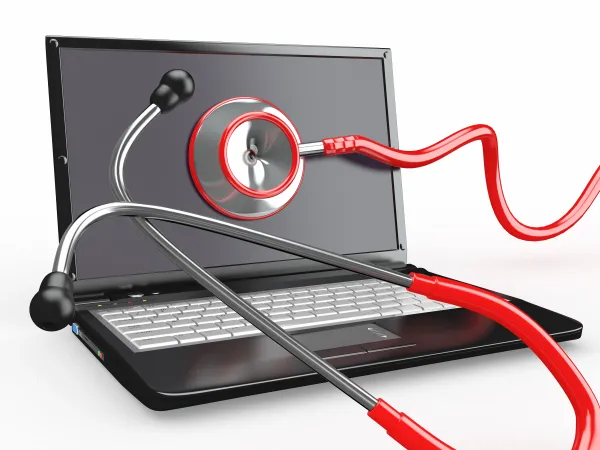Draw Attention to Multiple Same Day Outpatient Visits with Modifier 27

Try G0 with 27 to get closer to your best reimbursement.
If a patient has more than one hospital outpatient visit in one day and you don’t know about it and adjust your claim, you’re almost guaranteed a denial. With more than one modifier that could apply, you need to hone your same-day coding skills.
Read on to find out how you should report your physician’s services when the patient sees another doctor in the hospital outpatient setting on the same day, to ensure your practice gets every dollar you deserve.
4 Points to Adopt
There are times when a patient will need more than one hospital outpatient visit with various physicians on one day. When facing this clinical scenario, you need to inform your payers that the E/M visit performed by your physician is separately reimbursable from the other E/M services on that date. You’ll accomplish this by using modifier 27 (Multiple outpatient hospital E/M encounters on the same date).
The purpose of modifier 27 is for you to draw attention to the second outpatient hospital visit in the same hospital or system, so that the second visit isn’t thought to be posted in error. Therefore, if the visits were on the same date, in the same facility, 27 would be appropriate.
“An example I use is when my father who was a heart transplant patient would go to his multispecialty facility and be seen in the cardiology clinic, the pulmonary clinic and the diabetic clinic,” shares Laureen Jandroep, CPC, CPC-H, CPC-I, CPPM, CMSCS, CHCI, founder and CEO at CodingCertification.org in Oceanville, N.J. “He would have three E/M visits in one day which is normally a ‘no no’ when done by the same specialty, but since these are different specialties being billed by the same facility/entity, they need to use modifier 27 to distinguish that.”
You’ll need to remember a few simple criteria for using this modifier. Only attach modifier 27 to outpatient hospital facility codes and to the second outpatient hospital E/M visit on the same date.
Heads up: Only attach modifier 27 to codes within the following ranges:
Don’t Try Using 27 with EDs Out of Your System
When one of your patients has two emergency department (ED) visits on the same day, in different facilities from two separate networks, with two separate tax ID numbers, modifier 27 isn’t appropriate.
Most hospitals have no way of knowing if there was another emergency department visit earlier in the same day for their patient at a different hospital.
If your patient told your physician that they visited an ED in another hospital earlier that day and your physician documented it, you would only submit for the E/M services provided by your physician in your system.
Example: A patient goes to two different emergency rooms on the same date. He goes to one ED in the morning for a broken arm and later that same day he goes to a different ED for chest pain. This is not an appropriate scenario for you to use modifier 27 if the two visits are in separate systems. If the second visit is in the same system as the first, modifier 27 is what you should code.
Don’t Yield to Temptation, Modifier 25 Just Won’t Do
You might be tempted to rely on modifier 25 (Significant, separately identifiable evaluation and management service by the same physician or other qualified health care professional on the same day of the procedure or other service) to indicate separately identifiable services by two physicians providing concurrent care. But that wouldn’t be correct. Modifier 25 wouldn’t be appropriate to distinguish between two E/M services performed by different providers.
“Modifier 25 is to be used when the same physician needs to distinguish a service that is normally bundled into another service, but should not be for some reason,” Jandroep adds. “It doesn’t apply to different physicians.”
There really isn’t a completely accurate CPT® code when it comes to supporting separately identifiable services by two physicians providing concurrent care. Modifier 27 is the best bet for hospital outpatient (facility) use only. It doesn’t support physician services.
Partner Modifier 27 with G0
Payers have different payment policies. Hospitals should contact their Medicare contractor and any other high volume payers to learn their payment policy in their specific geographic location.
Note: For Medicare, you should consider using the distinct medical visit condition code G0 (Two separate and distinct visits provided on the same date of service in the same revenue center, by two different physicians) in addition to modifier 27 in order to gain appropriate reimbursement. The G0 indicates that multiple medical visits occurred on the same day in the same revenue center, and the visits were distinct and independent of each other. Therefore, each visit qualifies for separate reimbursement. Condition codes signify conditions or events that apply to that billing period.
Proper reporting of condition code G0 allows for payment under outpatient perspective payment system (OPPS) in this situation. The outpatient code editor (OCE) contains an edit that will reject multiple medical visits on the same day with the same revenue code without the presence of condition code G0

